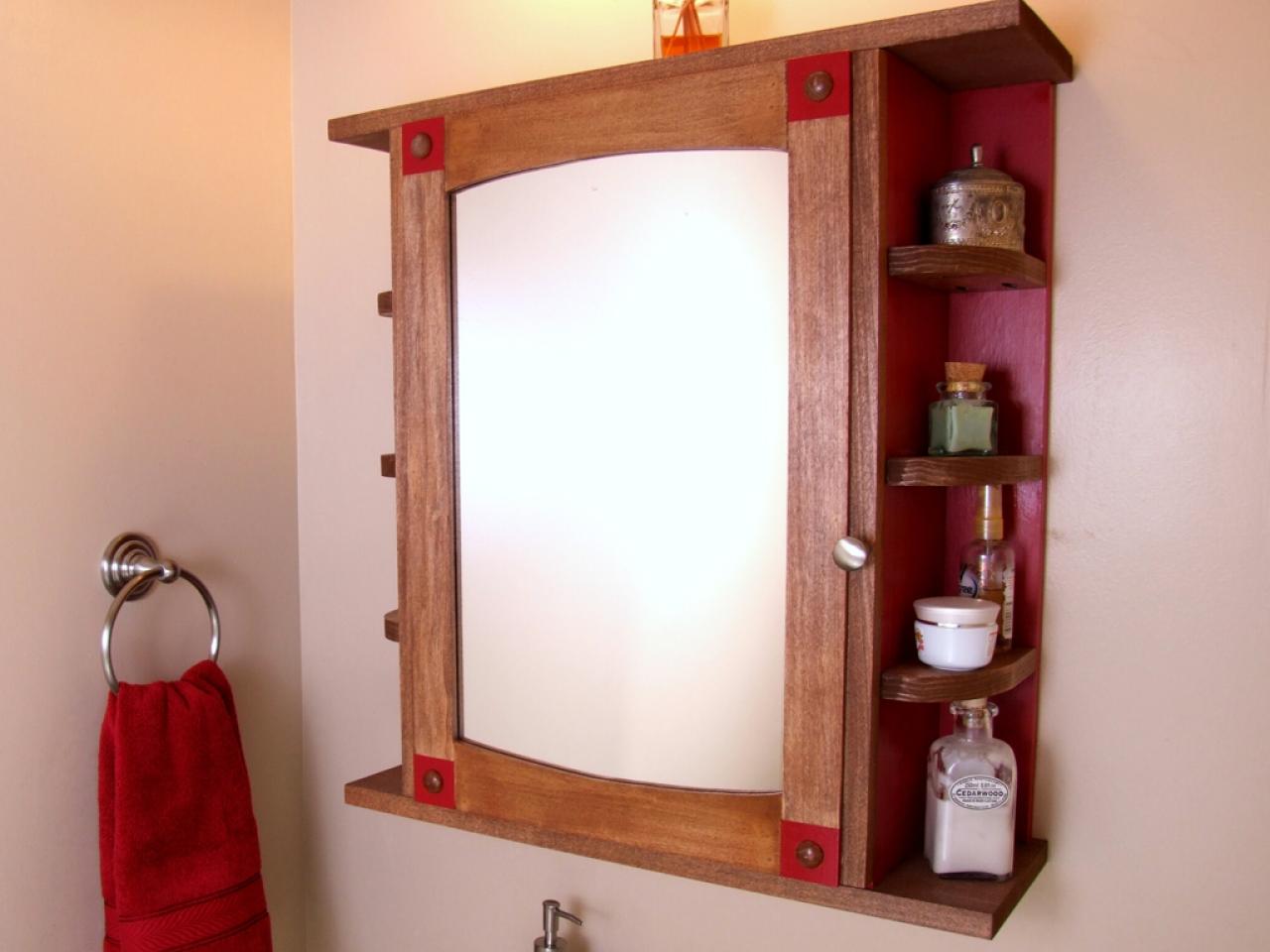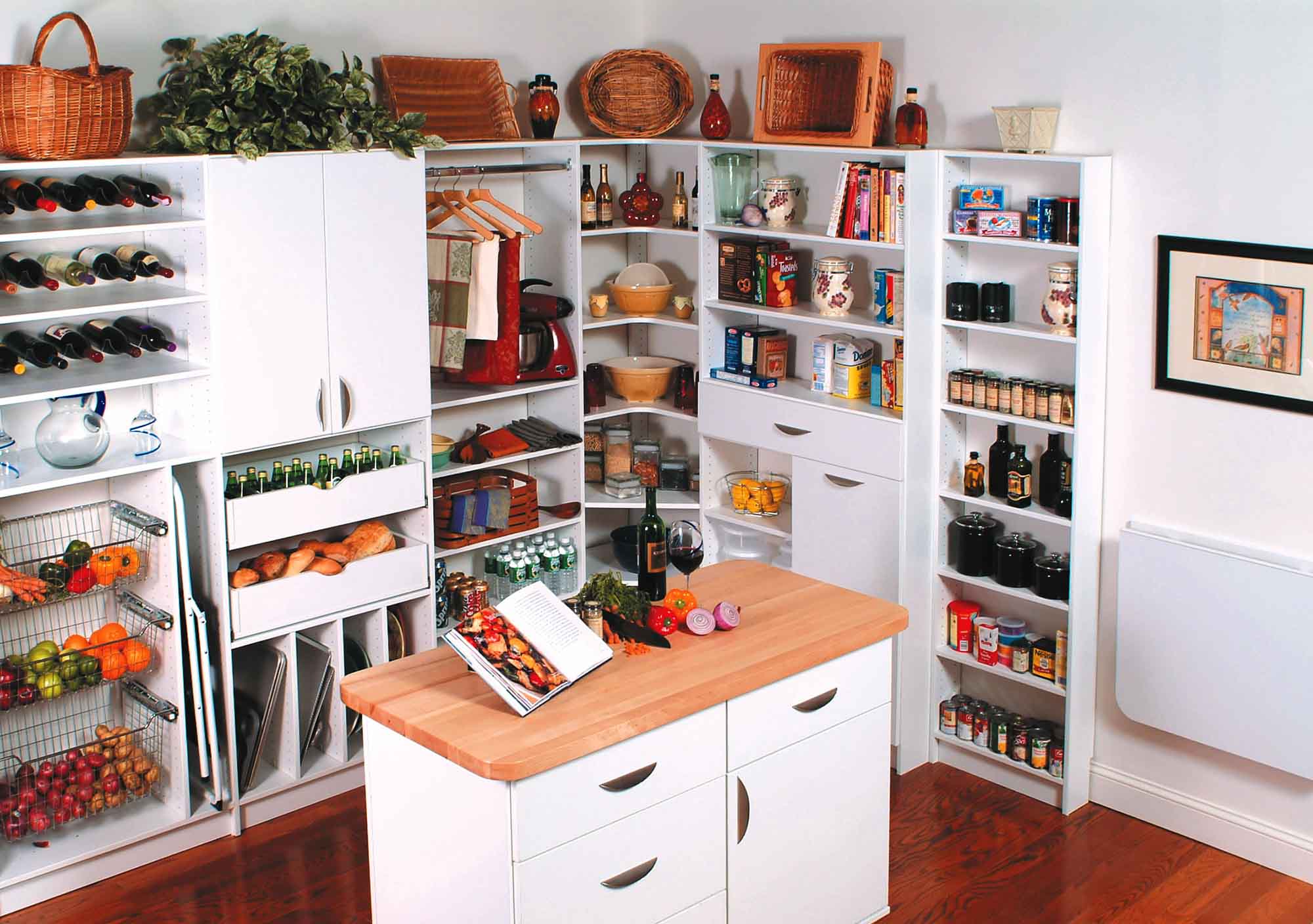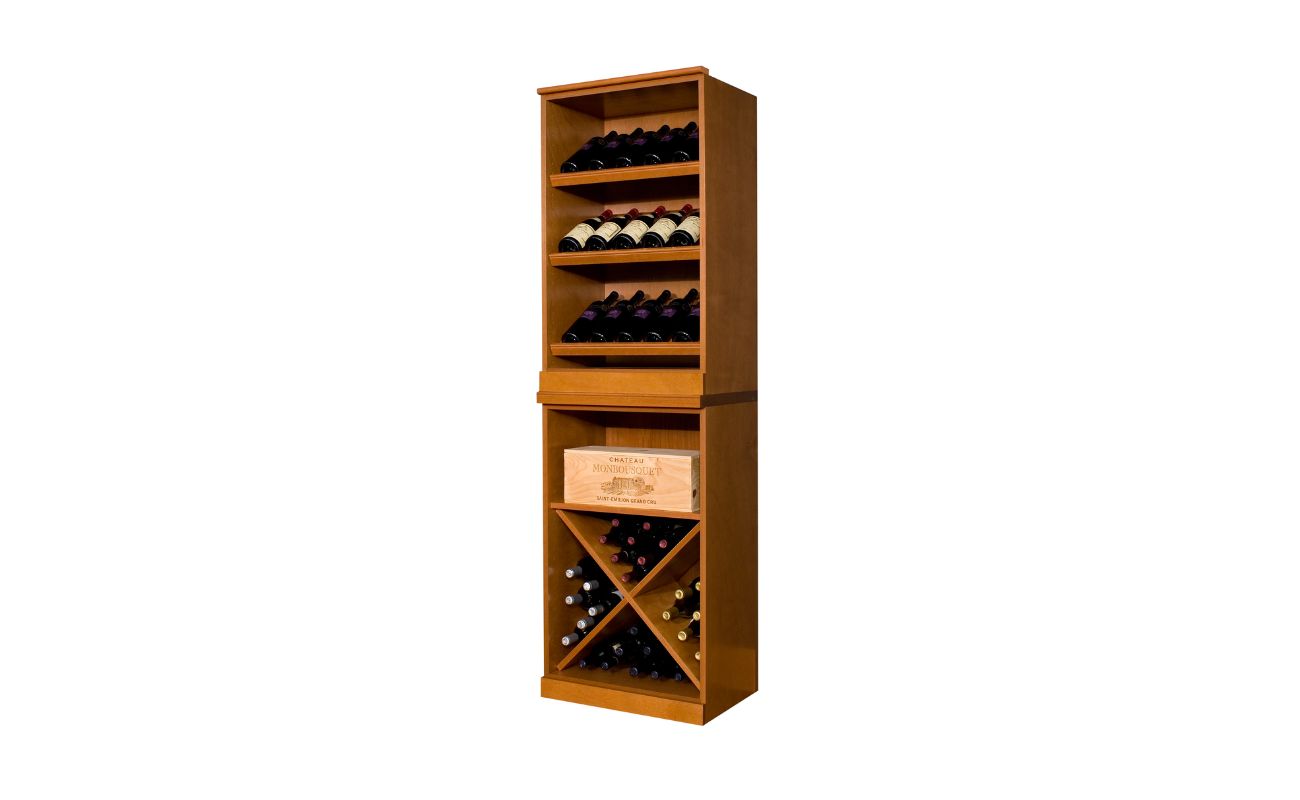Home>Furniture & Design>Outdoor Furniture>How To Build Outdoor Cabinets


Outdoor Furniture
How To Build Outdoor Cabinets
Modified: October 20, 2024
Learn how to build durable and stylish outdoor cabinets with our expert tips and designs. Create the perfect outdoor furniture with our step-by-step guide. Discover outdoor-furniture-furniture-and-design ideas now!
(Many of the links in this article redirect to a specific reviewed product. Your purchase of these products through affiliate links helps to generate commission for Storables.com, at no extra cost. Learn more)
Introduction
Welcome to the world of outdoor living, where the beauty of nature meets the comfort of home. One of the key elements in creating an inviting outdoor space is the addition of outdoor cabinets. These versatile pieces not only offer valuable storage but also contribute to the overall aesthetic of your outdoor area. Whether you're looking to store gardening tools, outdoor dinnerware, or pool supplies, outdoor cabinets can be customized to meet your specific needs and complement your outdoor decor.
In this comprehensive guide, we will explore the art of building outdoor cabinets, providing you with the knowledge and inspiration to embark on this rewarding DIY project. From planning and design to the finishing touches, we will walk you through each step, offering practical tips and creative ideas along the way.
So, roll up your sleeves, unleash your creativity, and get ready to elevate your outdoor space with custom-built outdoor cabinets. Whether you're a seasoned DIY enthusiast or a newcomer to the world of woodworking, this guide is designed to empower you to create functional and stylish outdoor storage solutions that will enhance your outdoor living experience for years to come.
Key Takeaways:
- Elevate your outdoor space with custom-built outdoor cabinets that offer valuable storage and complement your outdoor decor. Careful planning, durable materials, and thoughtful design are essential for creating functional and visually appealing cabinets.
- Building outdoor cabinets requires selecting weather-resistant materials, constructing a sturdy frame, adding doors and drawers, and installing the cabinets with precision. The finishing touches, including weatherproofing, interior organization, lighting, and decorative accents, enhance the functionality and visual appeal of the cabinets.
Read more: How To Build An Outdoor Tv Cabinet
Planning and Design
Before diving into the construction process, careful planning and thoughtful design are essential for creating outdoor cabinets that not only meet your practical needs but also harmonize with your outdoor environment. Here are the key steps to consider:
- Assess Your Storage Needs: Begin by evaluating the items you intend to store in the outdoor cabinets. Whether it’s gardening tools, cushions, or barbecue accessories, understanding your storage requirements will guide the size and layout of the cabinets.
- Location and Space: Determine the ideal location for the cabinets. Consider factors such as accessibility, protection from the elements, and how the cabinets will integrate with the overall layout of your outdoor space.
- Style and Aesthetics: Explore different design styles that complement your outdoor decor. From sleek and modern to rustic and weathered, the design of the cabinets should harmonize with the existing aesthetic of your outdoor area.
- Sketch and Measurements: Create a rough sketch of the cabinet design, including dimensions and layout. Accurate measurements are crucial in ensuring that the cabinets fit seamlessly into the designated space.
By investing time in the planning and design phase, you lay a solid foundation for the construction process, setting the stage for outdoor cabinets that are both functional and visually appealing. The next step is to select the right materials that will withstand the outdoor elements while embodying your desired style.
Choosing Materials
When it comes to building outdoor cabinets, selecting the right materials is paramount to ensure longevity and resilience in the face of outdoor conditions. Here are some considerations for choosing the most suitable materials:
- Weather-Resistant Wood: Opt for wood species that are naturally resistant to decay and rot, such as cedar, redwood, or teak. Alternatively, pressure-treated lumber or marine-grade plywood are excellent choices for withstanding outdoor exposure.
- Outdoor-Grade Hardware: Invest in stainless steel or galvanized hardware to prevent corrosion and rust, ensuring the structural integrity of the cabinets over time.
- Waterproof Sealants and Finishes: Apply a high-quality waterproof sealant or exterior-grade finish to protect the wood from moisture, UV rays, and temperature fluctuations.
- Composite Materials: For a low-maintenance option, consider using composite materials that mimic the look of wood while offering exceptional durability and resistance to the elements.
By carefully selecting materials that are specifically designed for outdoor use, you can mitigate the effects of moisture, sunlight, and temperature changes, ultimately prolonging the lifespan of your outdoor cabinets. With the materials in hand, it’s time to bring your cabinet design to life by constructing the frame.
Building the Frame
Constructing a sturdy and well-designed frame forms the backbone of your outdoor cabinets. Here’s a step-by-step guide to building the frame:
- Cutting the Wood: Begin by cutting the wood components according to the dimensions outlined in your design plan. Use a sawhorse and a circular saw or a table saw for precision.
- Assembling the Frame: Assemble the top, bottom, sides, and back of the cabinet frame using weather-resistant screws or outdoor-grade adhesive. Ensure that the corners are square and the frame is structurally sound.
- Reinforcement and Bracing: To enhance the strength of the frame, consider adding corner braces or reinforcing the joints with wood glue and screws. This is especially important for larger cabinets or those intended to bear heavy loads.
- Adjustable Shelves: If your design includes interior shelves, install adjustable shelf brackets within the frame to accommodate varying storage needs over time.
As you build the frame, pay close attention to the precision of measurements and the alignment of components, ensuring that the frame serves as a stable and reliable foundation for the cabinet. Once the frame is complete, the next step is to add doors and drawers to maximize the functionality of the cabinets.
When building outdoor cabinets, use weather-resistant materials like stainless steel or marine-grade plywood to ensure durability and longevity in outdoor conditions.
Adding Doors and Drawers
Adding doors and drawers to your outdoor cabinets not only enhances their functionality but also contributes to their visual appeal. Here’s how to incorporate these essential elements into your cabinet design:
- Door Design: Select a door style that aligns with your outdoor decor, whether it’s classic panel doors, sleek and modern designs, or louvered doors that promote ventilation. Ensure that the chosen style complements the overall aesthetic of your outdoor space.
- Drawer Construction: Construct sturdy and weather-resistant drawers using the same materials and hardware as the cabinet frame. Incorporate waterproof adhesives and consider adding a slight slope to the bottom of the drawers to facilitate water drainage.
- Hardware Selection: Choose durable and rust-resistant hinges, handles, and drawer slides to withstand outdoor conditions. Stainless steel or marine-grade hardware is ideal for ensuring longevity and smooth functionality.
- Weathertight Seals: Install weather-stripping or rubber gaskets around the door frames to create a weathertight seal, preventing moisture from seeping into the cabinet interiors.
By paying attention to the design and construction of doors and drawers, you can ensure that they not only endure outdoor exposure but also operate smoothly and reliably. With the doors and drawers in place, the next phase involves installing the cabinets in their designated outdoor location.
Read more: How To Build A Cabinet
Installing the Cabinets
Installing your meticulously crafted outdoor cabinets is a pivotal step in bringing your vision to life. Whether you’re creating a dedicated outdoor kitchen, a cozy garden storage nook, or a multifunctional outdoor living area, the installation process requires careful consideration and precision. Here’s a guide to installing your outdoor cabinets:
- Site Preparation: Ensure that the installation site is level, stable, and provides adequate clearance for the cabinets. If you’re attaching the cabinets to a wall or structure, use a stud finder to locate and mark the wall studs for secure mounting.
- Mounting and Securing: Utilize heavy-duty brackets, anchors, or mounting rails to secure the cabinets in place. If the cabinets are freestanding, consider anchoring them to the ground to prevent tipping in windy conditions.
- Plumbing and Electrical Considerations: If your outdoor cabinets incorporate sinks, faucets, or electrical components, enlist the expertise of professionals to ensure proper installation and compliance with local building codes.
- Alignment and Spacing: Pay attention to the alignment and spacing of multiple cabinets to create a cohesive and visually appealing arrangement. Use shims or spacers to adjust the positioning as needed.
By approaching the installation process with meticulous attention to detail, you can ensure that your outdoor cabinets are not only securely positioned but also seamlessly integrated into your outdoor living space. With the cabinets in place, it’s time to add the finishing touches that will elevate their functionality and aesthetics.
Finishing Touches
As you near the completion of your outdoor cabinet project, the finishing touches play a crucial role in enhancing both the functionality and visual appeal of the cabinets. Here are some key considerations for adding those final, defining elements:
- Weatherproofing and Sealing: Apply a final coat of weatherproof sealant or exterior-grade finish to all exposed surfaces of the cabinets, including doors, drawers, and the frame. This protective layer will safeguard the wood from moisture, UV exposure, and temperature fluctuations.
- Interior Organization: Incorporate interior organizers, hooks, and racks to optimize the storage space within the cabinets. This allows for efficient organization of tools, utensils, or other items, maximizing the functionality of the cabinets.
- Integrated Lighting: Consider adding low-voltage LED lighting within or beneath the cabinets to illuminate the space and create a captivating ambiance during evening gatherings or late-night activities.
- Decorative Accents: Personalize the cabinets with decorative accents that reflect your outdoor style, such as custom handles, ornamental hinges, or decorative trim that complements the surrounding environment.
By attending to these finishing touches, you can elevate your outdoor cabinets from functional storage units to captivating features that enrich your outdoor living experience. With the completion of these final details, take a moment to step back and admire the transformation of your outdoor space, now enhanced by the presence of your custom-built outdoor cabinets.
Congratulations on reaching this milestone in your outdoor living journey. Your dedication and craftsmanship have culminated in the creation of outdoor cabinets that not only serve a practical purpose but also contribute to the beauty and character of your outdoor sanctuary.
Frequently Asked Questions about How To Build Outdoor Cabinets
Was this page helpful?
At Storables.com, we guarantee accurate and reliable information. Our content, validated by Expert Board Contributors, is crafted following stringent Editorial Policies. We're committed to providing you with well-researched, expert-backed insights for all your informational needs.















0 thoughts on “How To Build Outdoor Cabinets”